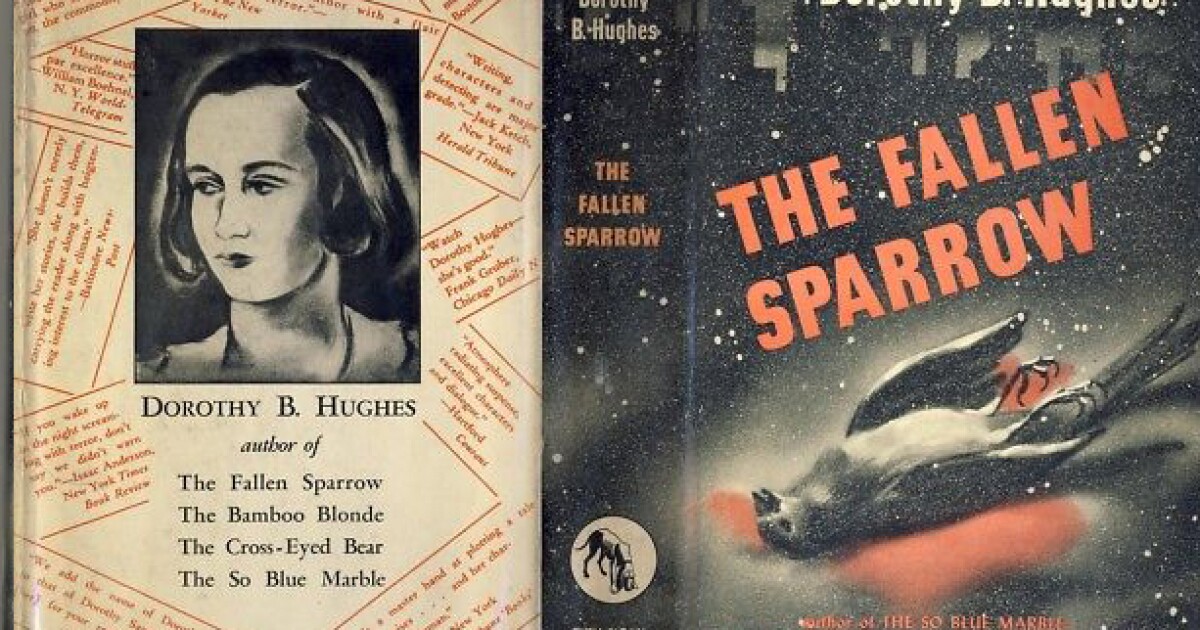TheSteig
Senior HTF Member
- Joined
- Jan 11, 2011
- Messages
- 2,024
- Real Name
- David
Two more WAC Id love to see get HD releases
The Fallen Sparrow with John Garfield
The Ice Follies of 1939 which is in color in the finale and Im sure would look wonderful in HD !
Any fans of these two ?
The Fallen Sparrow with John Garfield
The Ice Follies of 1939 which is in color in the finale and Im sure would look wonderful in HD !
Any fans of these two ?






